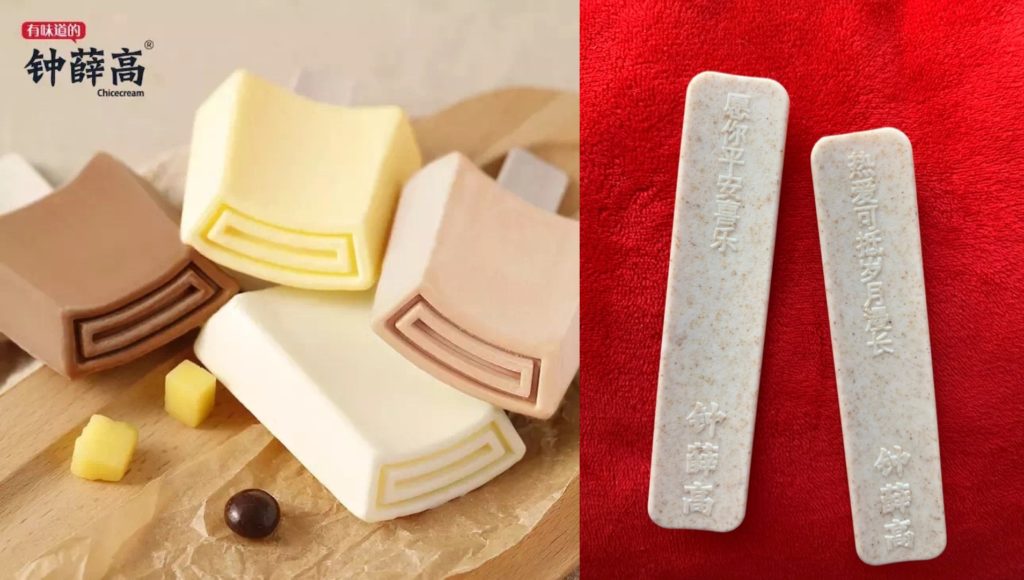Nowadays, the market has become much more competitive than before, especially for consumer goods. With all the information and advertisements around them, consumers are more easily distracted. In order to survive in the market, brands should try their best to grip consumers’ attention. In this way, sensory research could be an important method when brands are trying to understand and attract consumers.
Consumers make purchase decisions with their five senses
Consumers consciously or unconsciously use their five senses, which is sight, smell, taste, touch and hearing, to decide which products to choose. For instance, a consumer may purchase a certain brand of chocolate because of its prettier package, may choose some skincare products because that brand has his favorite movie star in its advertisements, or may stay longer in a coffee shop because of its delicious scent.
According to scientific research, the depth of human sensory perception is ordered by: sight (37%)>smell (23%)>hearing (20%)>taste (15%)>touch (5%). These stimulations are embedded in people’s memory, which will become a part of their decision-making process. Designed in the right way, the synergy of five senses will enhance a brand’s added value and allow consumers to more willingly pay for it. So, if a brand is able to intentionally make efforts to influence the audience in terms of the five senses, it will be more likely to be recognized by its target consumers.
Consumers value experience more than before
Rejuvenation is a current trend for most brands, because the young generation has become the main force of consumption in China’s market. As for the young consumers in China, they are transitioning their consumption goal from rigid demand to what make them happy. They value experience more than needs, and they value quality more than brand names. As a result, brands should be more attentive in the creation and promotion of their products, in order to fit the sense of this new generation of consumers.
Examples of local brands that succeed with their sensory characteristics
Here are some examples on how some Chinese brands successfully attracted customers and got their position in the market through their sensory characteristics.
To Summer (Chinese name: Guan Xia) is a Chinese fragrance brand founded only less than three year. However, it launched its first home fragrance product in January 2019, and quickly became one of the most popular fragrance brands in China. The main reason of its success is that it perfectly meets Chinese consumers’ sensory preference. This brand embodied its unique sensory characteristics in two main ways: appearance and. As its very first product, the Crystal Mood Aroma is shaped as a bottle of crystal stones, different from other common home fragrance products in the market. In terms of scents, this brand insists on natural flavors that relate to eastern plants, instead of sweet smells normally used by western fragrance brands. These two special sensory marketing are important reasons that the brand has been prevailing over Chinese market.

Another example is a new popular ice-cream brand named Chicecream (Zhong Xue Gao). One of its promotion that makes this brand well-known is its collaboration with Huzhou Laojiao, a old-fashion Chinese Baijiu company. It launched a limited-edition product, “getting-drunk ice cream”, a Baijiu-flavored alcoholic ice-cream. Another smart move in its marketing is that it leaves some funny notes on the ice-cream sticks, so that consumers can read it after they finished one ice-cream. This makes the product more interesting and attractive to customers. As a result, Chicecream’s successful sensory marketing helped it become an emerging brand in the competitive consumer good market.

Key takeaways on why sensory research in China is important:
1. Consumers care more about their feeling and experience with products in recent years.
2. Sensory research helps a brand better understand their target customers.
3. Sensory research helps a brand design product that can precisely reach its consumers.
